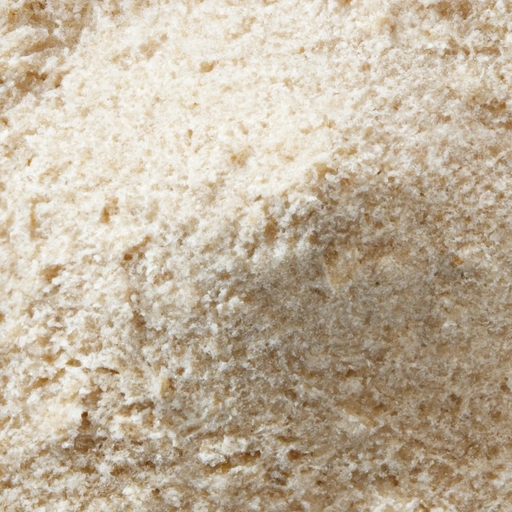Barley Flour
Description

Barley flour is a whole-grain flour derived from the barley grain, known for its slightly nutty flavor and appealing health properties. It is milled from the whole barley grain, which includes the bran, germ, and endosperm. This type of flour is less common than wheat flour but serves as a wonderful alternative for those looking to diversify their diet with different grains. Barley flour can be found in both hulled and pearled barley varieties, with the hulled version being more nutrient-dense as it retains more of the outer bran layer.
Common uses
Barley flour is commonly used to make bread, pancakes, muffins, and as a thickening agent in soups and stews. It is also used in the production of barley-based beverages. Due to its lower gluten content, it is often mixed with wheat flour to improve the texture and rise of baked goods.
Nutritional value
Calories
Typically, a quarter-cup serving of barley flour (approximately 30 grams) contains about 100 calories.
Protein
Barley flour contains about 3 grams of protein per quarter-cup serving.
Fat
It contains a minimal amount of fat, roughly 0.5 grams per serving.
Carbohydrates
Barley flour consists of about 23 grams of carbohydrates per serving, with a significant amount of dietary fiber.
Vitamins
Barley flour is a good source of several B vitamins, including niacin, thiamin, and riboflavin.
Minerals
It is rich in essential minerals such as selenium, magnesium, and phosphorus.
Health benefits
Barley flour is known for its health benefits, including aiding in digestion due to its high fiber content. It also helps in managing blood sugar levels and may contribute to lowering cholesterol. The presence of beta-glucans in barley flour is linked to heart health benefits.
Potential risks
While barley flour is healthy for most individuals, it does contain gluten, which can be harmful to those with celiac disease or gluten intolerance. Additionally, consuming large amounts of barley flour may lead to gastrointestinal discomfort for some due to its high fiber content.
Common recipes
Barley flour is used in recipes such as barley bread, cookies, and crackers. It can also be incorporated into pancake and waffle batters, as well as used to create a more tender crumb in cakes.
Cooking methods
When using barley flour in baking, it's often mixed with wheat flour to help the dough rise. It can also be used to thicken sauces and gravies.
Pairing with other ingredients
Barley flour pairs well with hearty vegetables, meats, and cheeses, making it versatile in savory dishes. In sweet recipes, it complements ingredients like chocolate, nuts, and fruits.
Summary
Barley flour is a nutritious grain flour with a rich historical background and various culinary applications. It provides a good source of fiber, protein, vitamins, and minerals while offering health benefits. However, it does contain gluten, which is a consideration for those with sensitivities. Its nutty flavor and versatility make it a valued ingredient in both savory and sweet dishes across different cuisines.